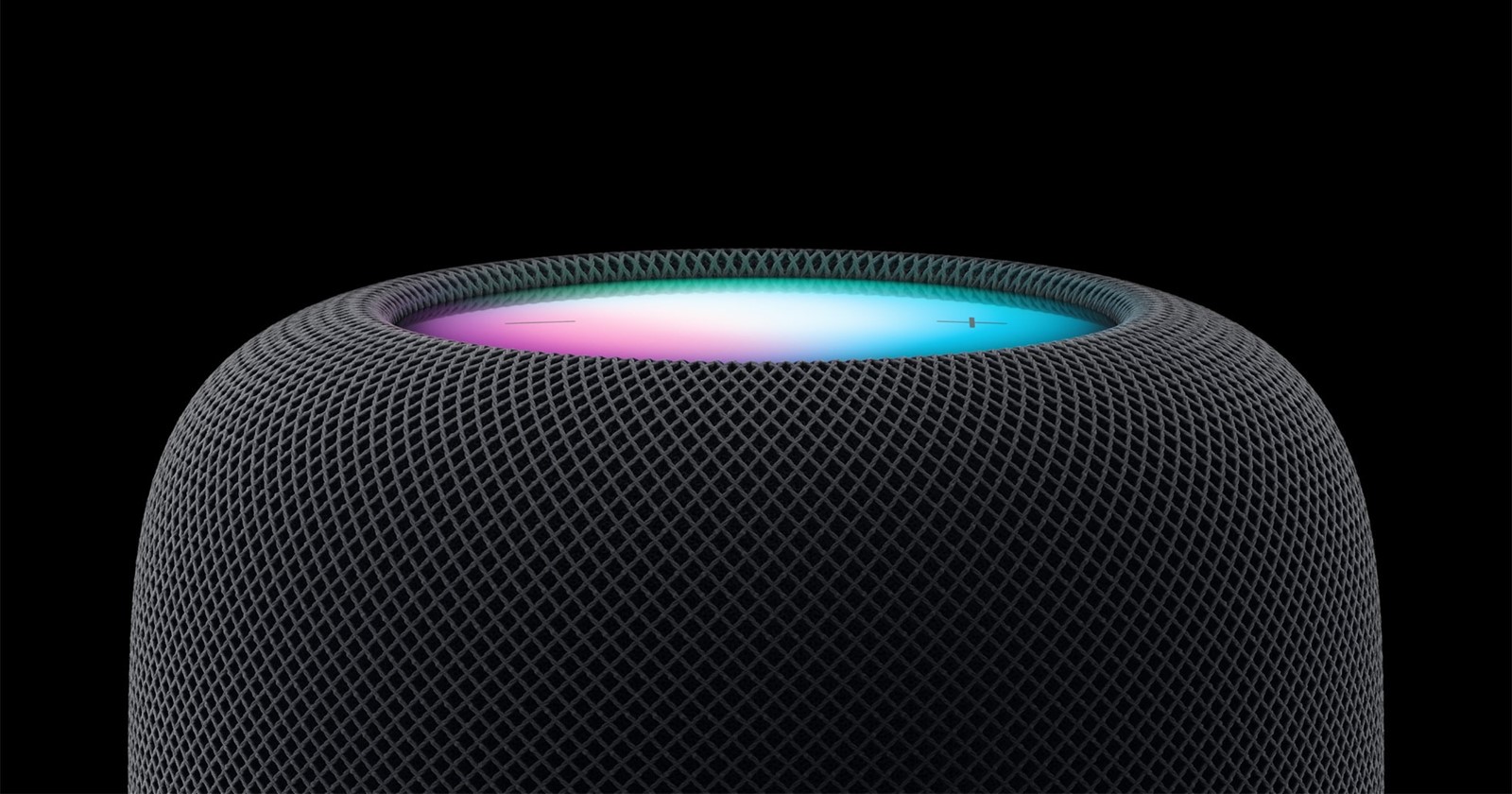For years, HomeKit users have been haunted by the presence of spectral “ghost hubs.” These phantom figures would appear in the Home app, taunting homeowners with their “Not Responding” status. If you’ve been a HomeKit user haunted by this problem, it’s time to breathe a sigh of relief and maybe celebrate with a victory dance. The infamous phantom hubs, which have been lurking in HomeKit setups for years, appear to have been banished for good with the latest HomePod software update version 18.2.
For the uninitiated, this eerie issue involved phantom hubs that weren’t tied to any actual physical devices but still showed up in HomeKit, throwing “Not Responding” errors. They often came with oddly generic names like “Default(2)” or “Master Bedroom(3),” and no amount of troubleshooting — rebooting devices, signing out of iCloud, or even completely rebuilding HomeKit setups — could exorcise them permanently. It was an aggravating bug for many, especially for those who demand a pristine, well-functioning smart home.
The phantom hub problem first gained notoriety a few years ago with the update to version 16.2, seemingly after the rollout of a “new architecture” in HomeKit. While the issue didn’t outright cripple smart home setups, it was a thorn in the side of users who took pride in maintaining an orderly digital ecosystem. Despite numerous reports to Apple, the issue remained unresolved for years since it was a low-priority bug.
HomePod 18.2 Update fixes ghost hub issue
Fast forward to the release of iOS 18.2 and its corresponding HomePod software update, and the tides have turned. Users are reporting that the phantom hubs have finally disappeared. The ghost hubs that once haunted HomeKit setups are gone, and users can’t hide their joy.
The significance of HomePod Software 18.2 isn’t limited to banishing phantom hubs. The update also introduces broader refinements to Apple’s smart home ecosystem, likely paving the way for exciting new developments. Reports also suggest Apple is working on next-generation hardware, including a potential OLED HomePod slated for 2025, which could revolutionize how we interact with smart home devices. Additionally, rumors about a new Apple TV and HomePod mini featuring a custom wireless chip hint at Apple’s efforts to build a more seamless and integrated ecosystem.
Although phantom hubs didn’t outright break HomeKit functionality, they were a constant source of confusion and frustration. The fix not only cleans up these lingering annoyances but signals Apple’s renewed focus on refining its user experience amidst other hiccups in its ecosystem — such as the recent Apple Pay pre-authorization billing issue and glitches with Apple Podcasts subscriptions.
If you’ve been holding off on updating your devices, now’s the time to do it. Make sure your HomePods are running version 18.2.
TechIssuesToday primarily focuses on publishing 'breaking' or 'exclusive' tech news. This means, we are usually the first news website on the whole Internet to highlight the topics we cover daily. So far, our stories have been picked up by many mainstream technology publications like The Verge, Macrumors, Forbes, etc. To know more, head here.


